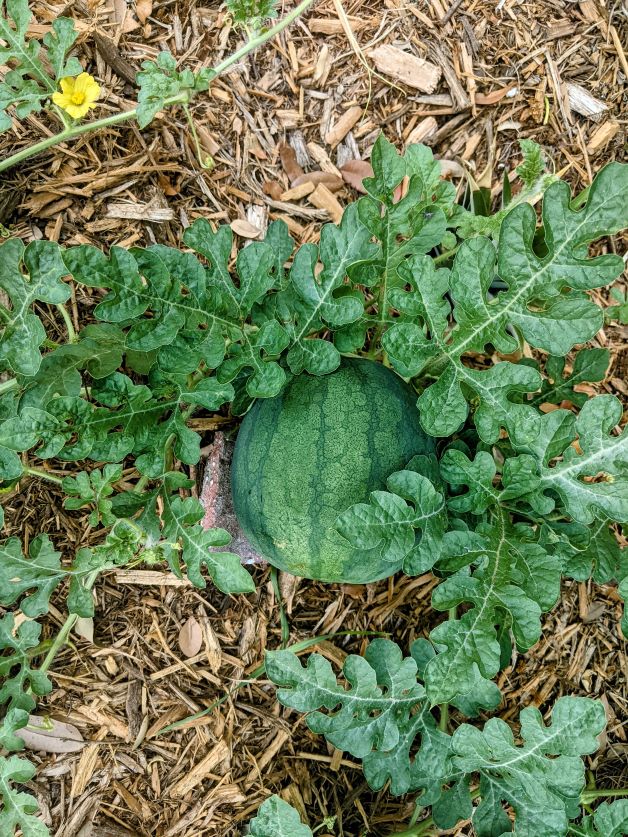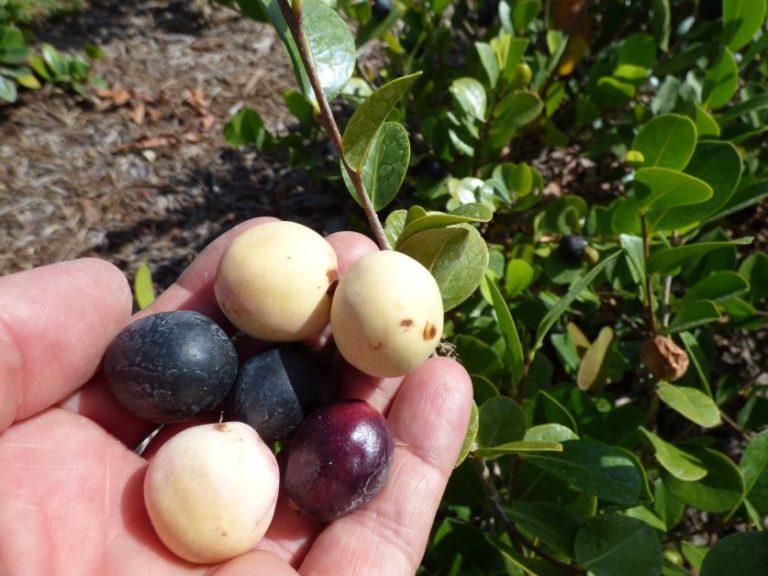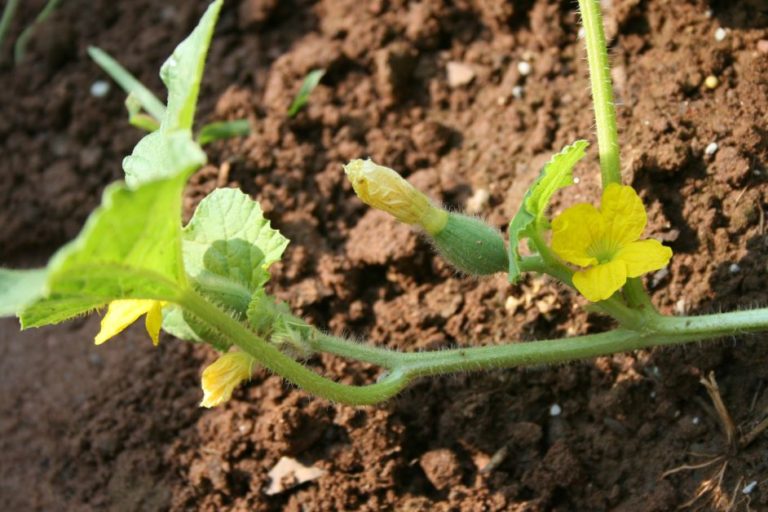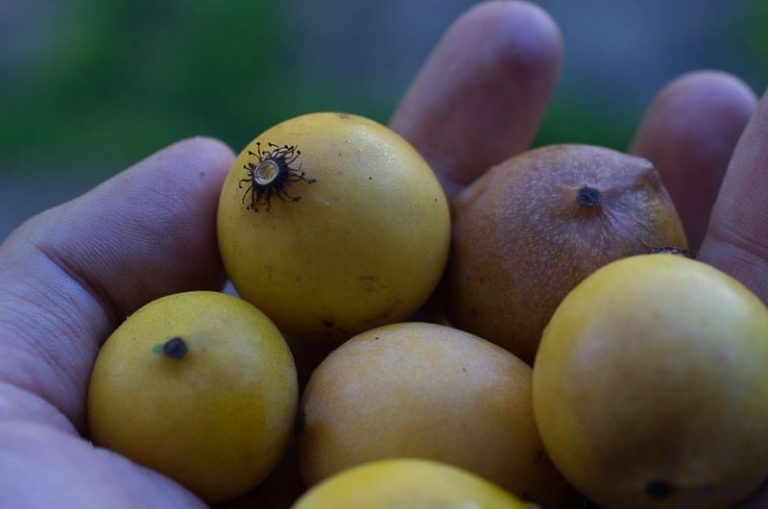How to Grow Sugar Baby Watermelon
Last updated: 06/29/2022
I LOVE growing sugar baby watermelons. It’s fun to watch the little tennis ball-sized melons grow into perfectly round orbs. As a bonus, they’re easy to grow in Florida. Thanks to our subtropical climate, we have the longest watermelon growing season in the country.
Why Grow Sugar Baby Watermelons?
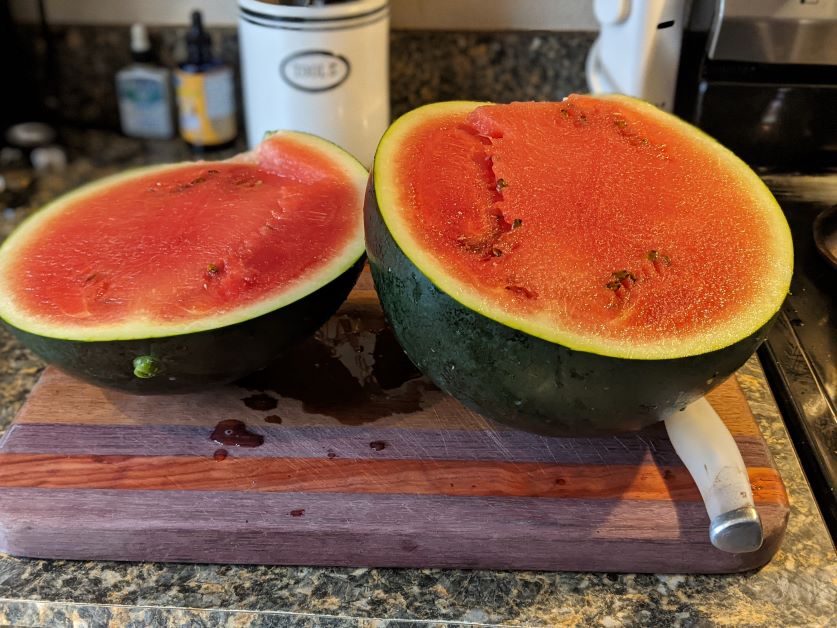
Sugar baby watermelons are the perfect variety for urban gardeners because they can be grown vertically on a trellis. Watermelon plants are a sprawling vine and trellising is a huge space saver. Traditional watermelons get way too big and heavy to trellis. Sugar baby vines are shorter than the traditional watermelon, too.
Some people skip growing sugar babies because they’re not seedless. Seeds don’t bother me. I’d rather have the satisfaction of growing my own fruit and spitting out a few seeds than buying a huge seedless watermelon grown with freaky pesticides and chemicals.
Every sugar baby that I’ve grown has been far sweeter than any watermelon I’ve bought from the store, and that itself makes a few seeds worth it.
Sugar Baby Watermelon Size
Sugar baby watermelons are an icebox variety. That is to say, they are small enough to easily fit inside a fridge. If you find a personal-sized watermelon at the grocery store, it’s a sugar baby. Sugar babies are usually 7-8 inches in diameter and weigh 8-10lbs.
When to Plant Sugar Baby Watermelons in Florida
Floridians are lucky enough to have two watermelon growing seasons. When you plant your sugar baby watermelon depends on what part of the state you live in.
[table id=24 /]
Sugar Baby Watermelon Growing Conditions
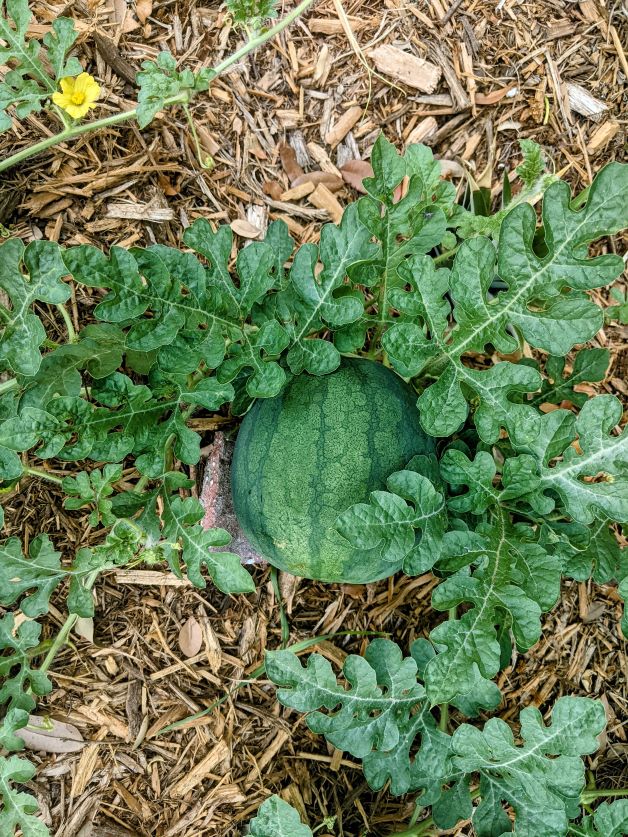
Temperature
Watermelons need warm weather to thrive. They do best when it’s 70°F-85°F, but do okay in temperatures as high as 90°F.
Sunlight
Watermelon is a full sun plant. Make sure to plant your sugar baby in a spot that gets 8 hours of sunlight a day.
Water
To be juicy and sweet, watermelons need a good amount of water – about 2 inches per week. I water my sugar babies every morning unless the weather has been especially rainy.
Always water your watermelon at the base of the vine and not from the overhead. Watering the leaves of your watermelon will cause fungal disease. A water wand or drip irrigation can help you keep water only where it’s needed.
About 10 days before your watermelon is ready for harvest, cut your watering in half to 1 inch per week. Reducing the amount of water you give your melon right at the end of its growing cycle will make the watermelon sweeter.
Soil
Sugar baby watermelons aren’t super picky about their soil. Because watermelons need frequent watering, it’s important that the soil is well-draining. Ideally, your soil pH should be between 6.0 and 6.5.
If your soil is not very fertile (like most soil in Florida), amend it with oak leaf compost at least 2 weeks before planting.
Pruning
Remove excessive foliage and leaves that are heavily diseased to improve airflow and the overall healthiness of your sugar baby watermelon plant.
Growing Sugar Baby Watermelons from Seed
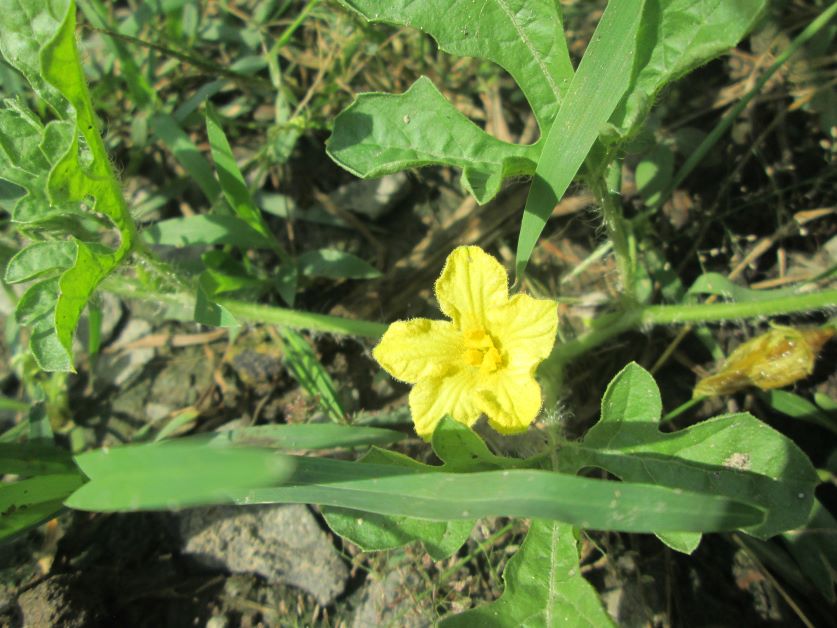
There are two ways to grow watermelon: direct sowing or transplanting.
Direct sowing means you plant your seeds directly into the ground in the place you want to grow them.
If you chose to transplant, then you start your seeds in pots and move them to their permanent home in the ground after they’ve grown for a few weeks.
Like most of my fruits and vegetables, I start my sugar babies outside in my carport. Here, they’re able to harness the warm weather and fresh air but are still partially protected from strong sunshine.
Watermelons and other cucurbits have delicate roots and are easily damaged when transplanted. For this reason, you should start your sugar baby watermelons in peat pots. Using peat pots will help you plug the seedlings into the ground without disturbing the watermelon’s root system.
Keep your seedlings moist but not soggy. Also, give them a little less water about a week before transplanting to make them stronger for their transition into the ground.
If you’re direct sowing, plant three seeds per spot. Once they start growing a few leaves, thin the plants down to one. Choose the healthiest, hardiest seedling to keep. If you only plant one seed per spot, you’re setting yourself up for disappointment if your seeds have a low germination rate.
Preparing Your Watermelon Patch
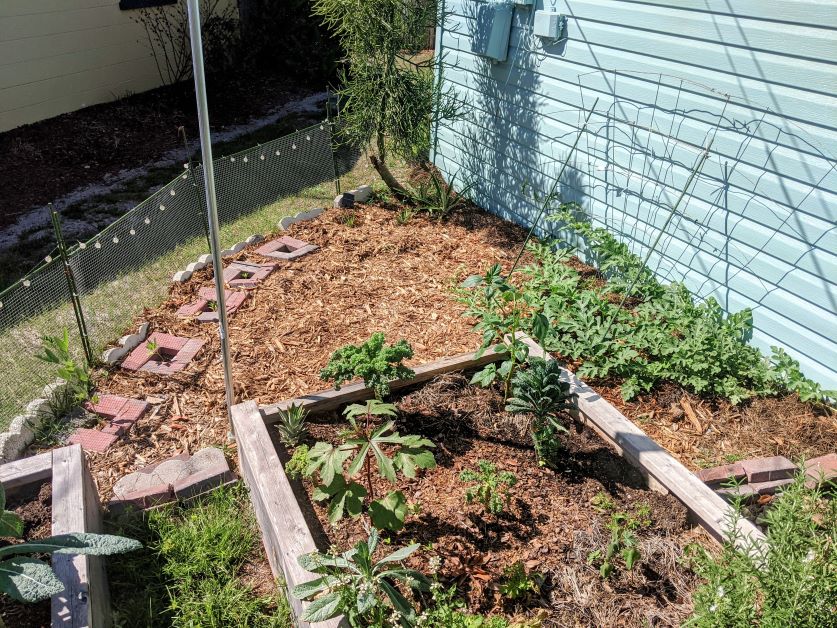
The two things to remember when choosing where to put your watermelon patch:
- Watermelons need space.
- Watermelons need sun.
I put my sugar baby watermelon patch on the east side of my house so they can get the most sun. I ripped up about 50 square feet of my lawn and replaced it with mulch. The mulch helps keep the weeds and pests down. Oak leaf mulch is also a good choice.
In the part of the watermelon patch that actually touches my house, I used pine straw instead of mulch. If you use mulch too close to your house, you could encourage a termite infestation.
Sugar Baby Watermelon Spacing
Although sugar babies are smaller than a traditional watermelon plant, they are still quite big. It’s important to plan ahead and know how much space a sugar baby watermelon needs before you start your seedlings.
Plant each sugar baby seedling 2-3 feet apart, and keep rows 6-8 feet apart.
Sugar baby watermelons will crawl and sprawl across the ground. If you don’t give the plants enough room, they become a target for pests and disease.
Each sugar baby watermelon vine should produce 2 to 5 fruit.
How to Trellis Sugar Baby Watermelon

I like to trellis my sugar babies for two reasons:
- Trellising helps me save on space. My garden is in my front yard, in the middle of the city. I need to use my area strategically to get the most bang for my buck.
- Trellising improves airflow and helps to prevent fungal disease (which is a constant threat in Florida’s hot and humid climate).
For my trellis, I have garden fencing butted up against the side of my house. The fence is about 6 feet wide and 3 feet tall. On the far right side of the fence, I plant one sugar baby and on the far left side of the fence, I plant another. As the vines grow, I train them towards the center. By the time they meet in the middle, they’re usually done growing.
I’ve made a tutorial on how to make an easy DIY garden fence that works great for trellising your sugar baby watermelon.
Does Growing Sugar Baby Watermelon on a Trellis Affect Fruit Size?
Update from the 2022 spring watermelon season: I decided to run a little experiment to see if there was a difference in fruit size between trellising sugar babies vs. letting them roam. The information in this section is a theory since a 2 vine sample size is tiny, but it’s interesting nonetheless.
While there are many upsides to trellising sugar baby watermelon, it does seem to make the fruit smaller. In the picture below, you’ll see 2 sugar baby watermelons. They both had the same care, were planted in the same spot, and in the same size container. The only difference was whether their vine grew up a trellis or along the ground.
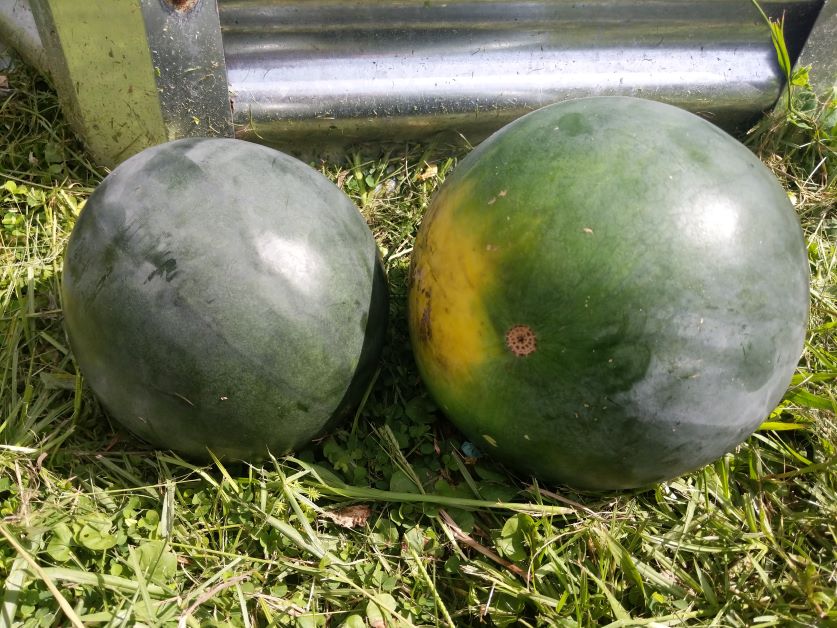
The small one weighed in at 4.4 lbs and was grown on a trellis. The big one was a whopping 8lbs and grew on the ground. I think the trellised watermelon “knew” that its fruit should be smaller so that there wasn’t a lot of pressure on the vine. The rambling vine didn’t have gravity fighting against it, so it grew as big as it could.
Trellising is a great way to grow sugar baby watermelons if you don’t have a lot of space. If you do have room for your vine to roam, though, you might yield bigger fruit if you let your vine grow horizontally rather than vertically.
Hand-Pollinating Your Sugar Baby Watermelon
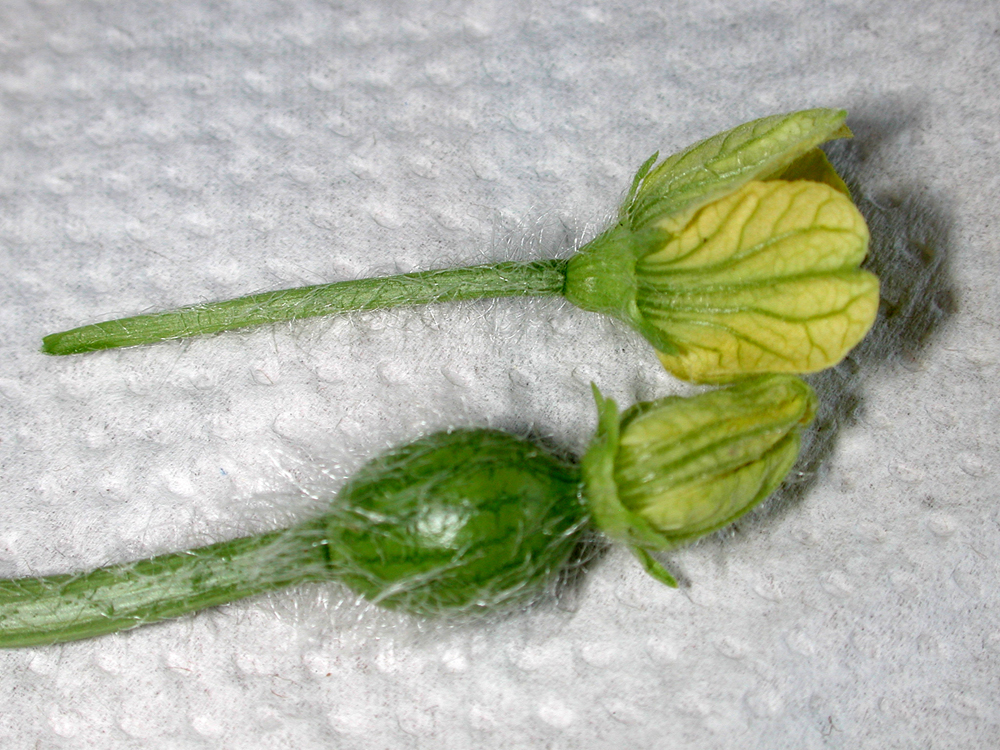
Watermelon plants produce small yellow flowers that are either male or female. Only the female flowers will produce fruit. It’s easy to tell the difference between males and females. Female flowers look like they have a tiny melon at the base, where the flower meets the vine and the males don’t.
The first wave of flowers that your watermelon vine produces will usually only be male. Once the female flowers appear, they’ll need to be pollinated to produce fruit.
Hand-pollinating is easy. Take a small paintbrush and gather a little pollen from a male flower. Then, take the paintbrush and rub it on the inside of a female flower. If pollination was successful, then the little fruit will start to get bigger and the flower will die and fall off.
Not every female flower will be pollinated enough to produce a fruit, and trust me…partial pollination is disappointing.
Partial pollination goes a little something like this:
It’ll look like your watermelon is good to go – the fruit’s getting bigger, it’s getting striations on the rind, and it’s generally looking more watermelon-y. After a few days, you notice that your melon has stalled and is turning yellow. Eventually, it rots off the vine after reaching the size of a tennis ball (or smaller), and that’s the end of that.
That’s why I hand-pollinate. As long as you have enough pollinators around, hand-pollinating isn’t necessary but I do it anyway to increase my chances of a big harvest.
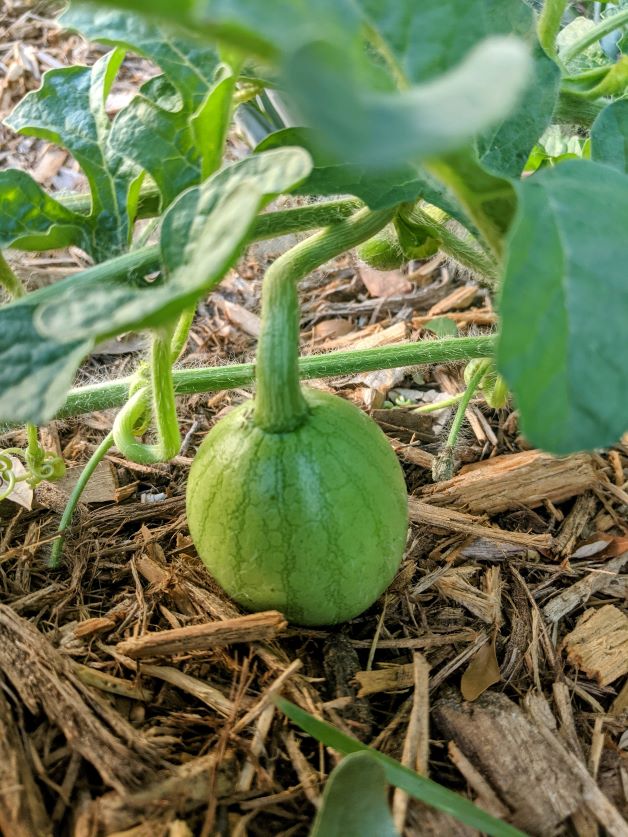
How to Protect Your Watermelon as it Grows
Whether you’re letting your watermelon sprawl along the ground or if you’re trellising, there are some things you should do to protect your melons as they grow.
If I’m letting my sugar baby watermelon sprawl, then I put something underneath the fruit to act as a barrier between the melon and the ground.
Keeping your melons off the ground will help protect them from pests. It’ll also make sure it doesn’t get soggy and rot on the bottom.
Sugar babies can become flat on one side if you let them grow on the ground. Putting something underneath your melon as it grows will help it stay round.
I usually use a brick or upside-down pot as a melon pedestal.
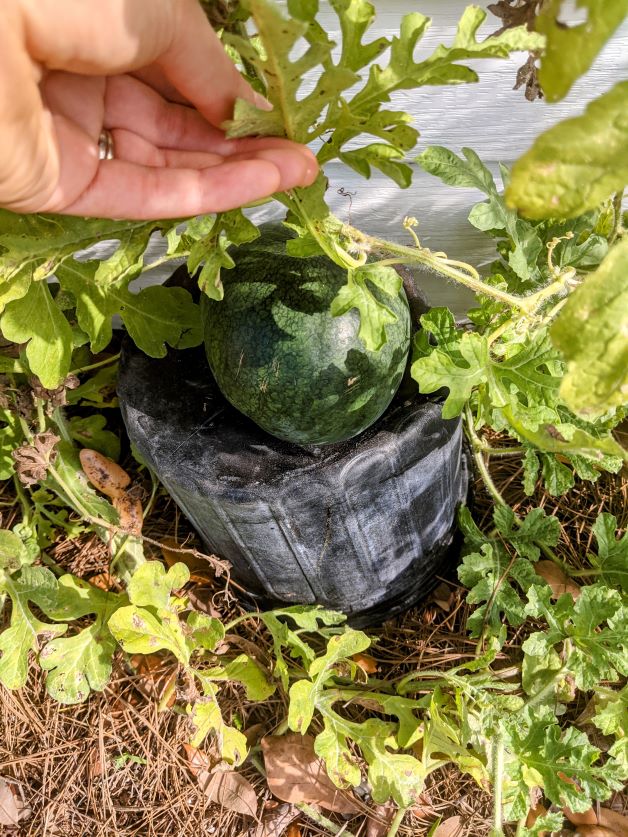
If you’re trellising, you’ll need to make a harness to support your sugar baby watermelons as they grow.
I repurpose sets of old nylons for watermelon slings.
Cut a piece of nylons about a foot wide and tie each end to a part of your trellis, like a hammock. Then plop the melon inside the hammock and the nylons stretch around the melon as it grows.
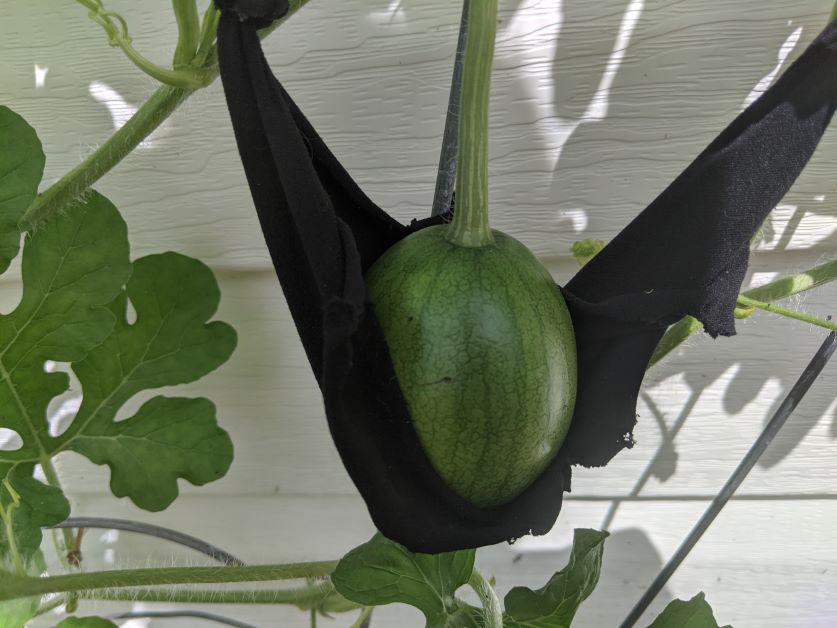
Can Your Grow Sugar Baby Watermelon in a Container?
Sure! You can grow sugar baby watermelon in a container as long as you know that your plant still needs a lot of room. Gardeners who struggle with poor soil (like me) grow their sugar baby watermelons in containers and let their vines spill over the sides or train the vines to grow vertically up a trellis.
How to Tell When Your Sugar Baby Watermelon is Ready to Pick
It takes about 75 days for a sugar baby watermelon plant to mature and produce fruit. If your sugar baby watermelon is white inside when you cut it open, then it wasn’t ready for harvest.
Knowing when your sugar baby is ripe can be a little tricky. You need to time it right — if you pick them too early, they’ll be inedible. Unlike fruit such as mango, watermelons don’t continue to ripen when they’re picked off the vine.
Here are some tips on how to tell if your sugar baby watermelon is ripe:
- Check the tendril closest to the melon – if it’s dried up and brown, then your watermelon is ripe.
- Thump on the watermelon – it should sound hollow and a little low-pitched.
- Your watermelon may have a yellow spot where it touches the ground or pedestal it’s sitting on – this is a sign that your fruit is ripe. I find that this trick works better with a traditional watermelon because sugar babies usually don’t turn yellow.
Sugar Baby Watermelon Troubleshooting
Pests
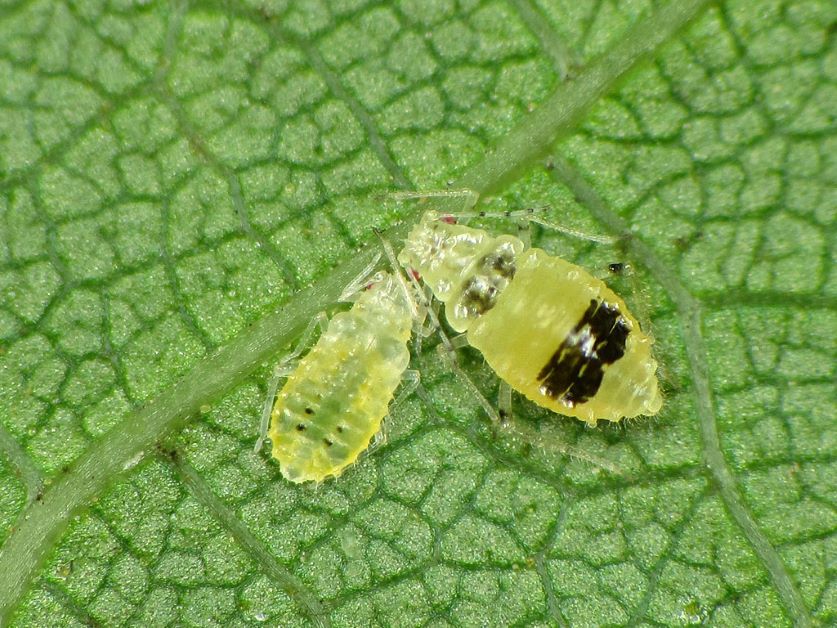
Aphids, caterpillars, whiteflies, and thrips are the main pests that attack watermelon in Florida. Out of all of them, aphids might be the worst because they are a main vector for plant viruses of which there are no cures.
Disease
Fungal disease is usually a bigger problem for Florida watermelons than pests. Because of our high humidity, the unfortunate truth is that you’ll probably contract fungal diseases when growing watermelon and cantaloupe no matter what. The best thing you can do is prevent it for as long as possible so that you can get the most out of your harvest before your vine dies.
Blight is the most common. Some signs that your watermelon is fighting blight are black spots on its leaves and mushy spots on your fruit.
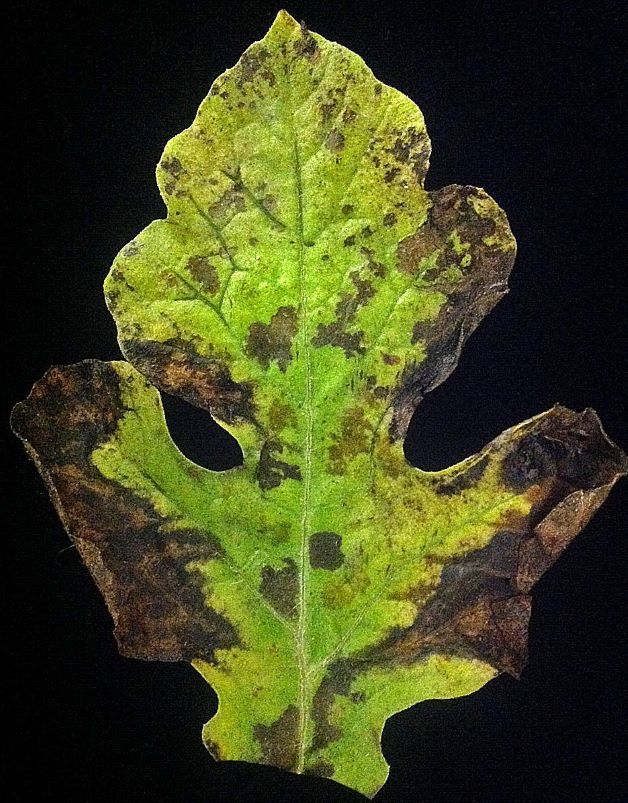
Powdery and downy mildews are also common in watermelons, because they have such dense foliage and need lots of watering. Mildew is almost always a problem for the Florida gardener because of our high humidity.
Powdery mildew looks like a dusting of white powder on your plant’s leaves.
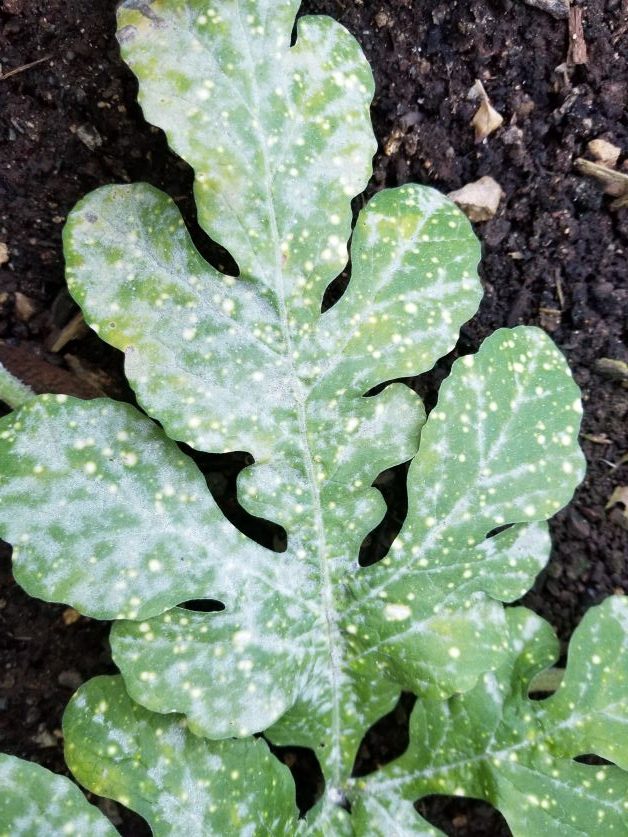
Downy mildew starts as small yellow spots on leaves that turn brown. The spots eventually take over the whole leaf and the foliage dies.
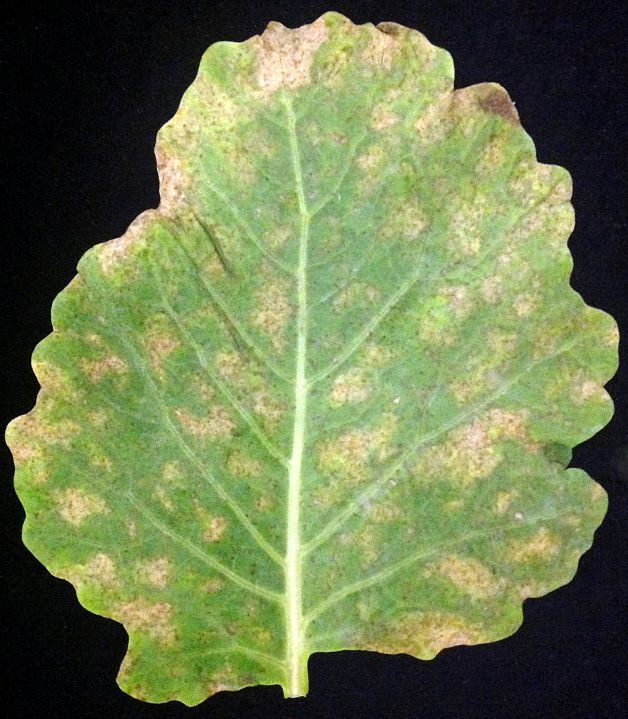
Watering your plants correctly is important in fighting fungal disease. You can also try an early season application of organic copper fungicide as prevention. Once you see signs of fungal disease, though, it’s usually too late for copper fungicide to have much of an effect.
Disclaimer: Offbeet-Gardener is reader-supported. At no additional cost to you, I earn commissions from purchases made through links in this post.

